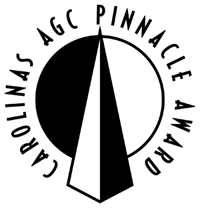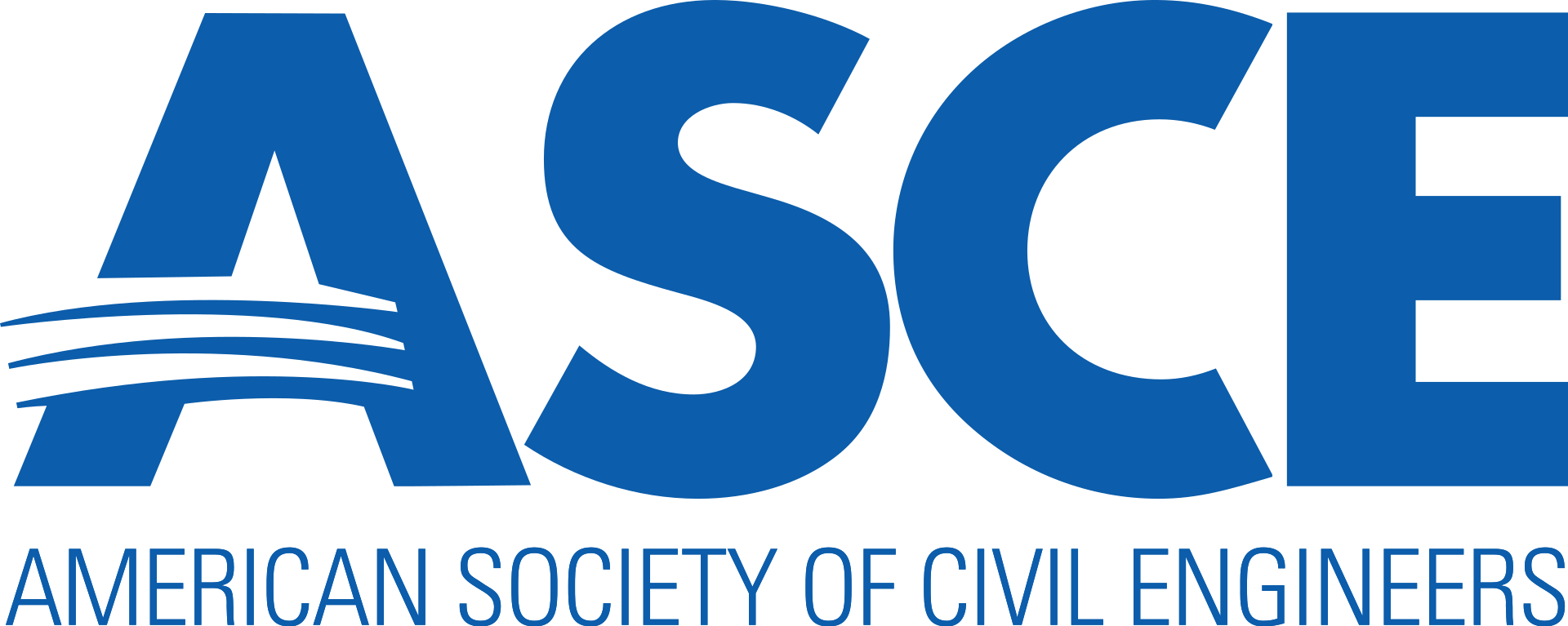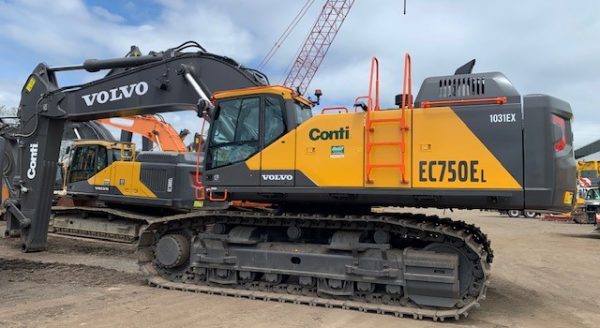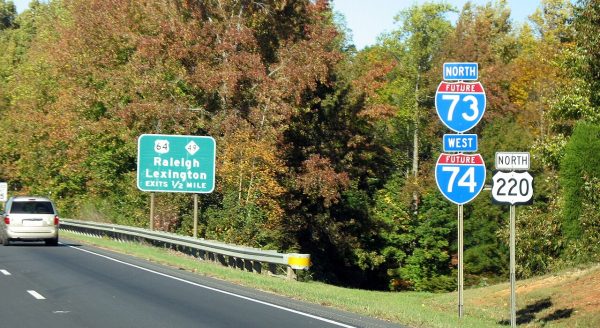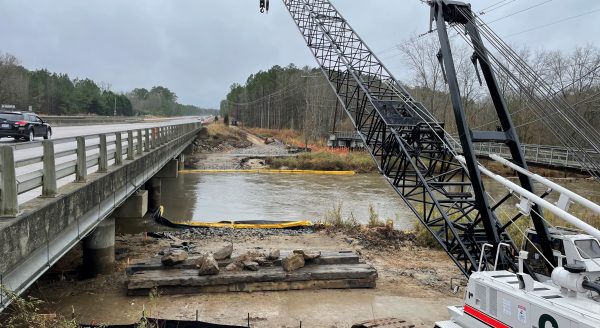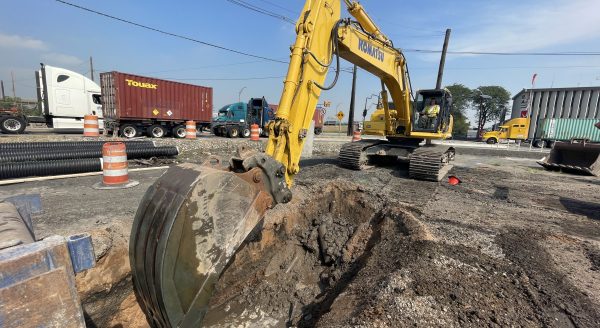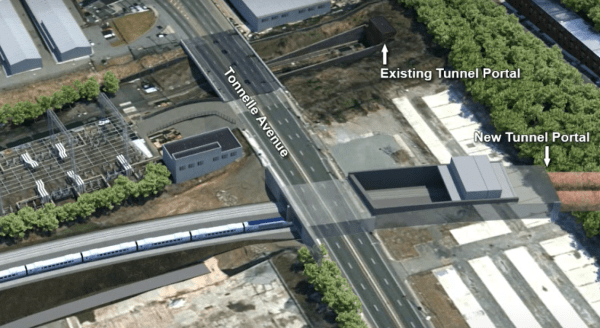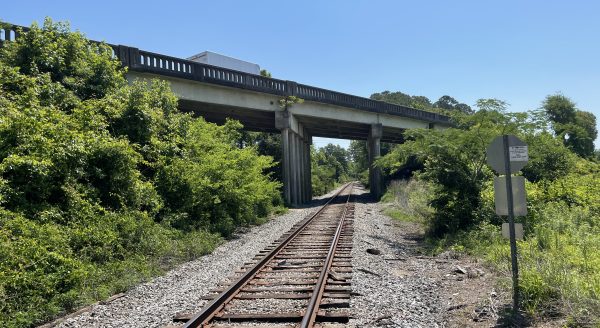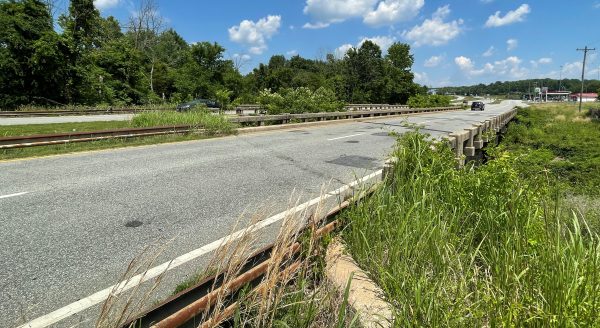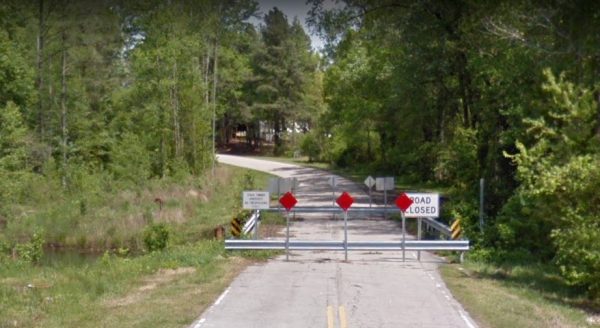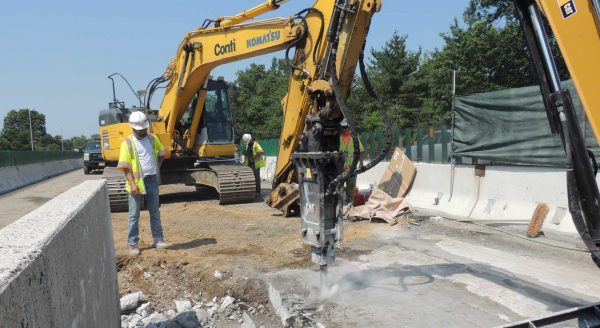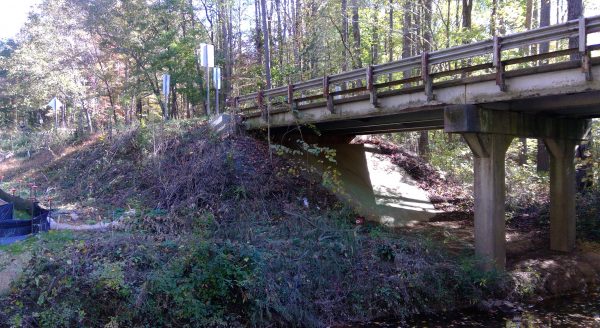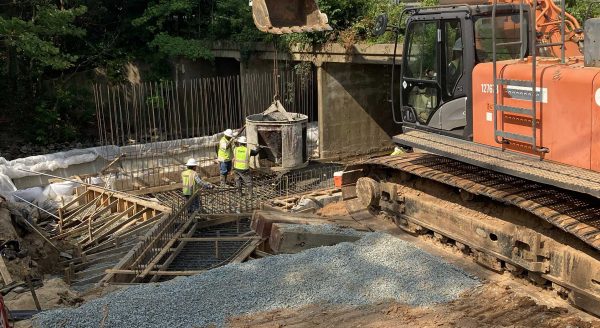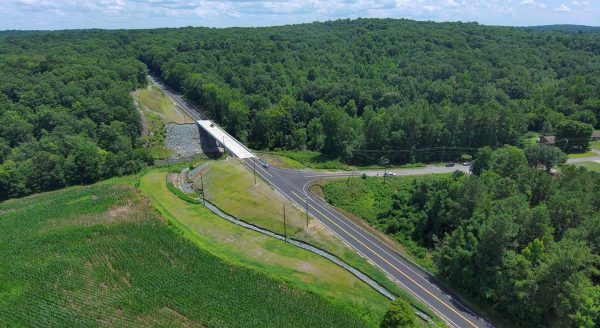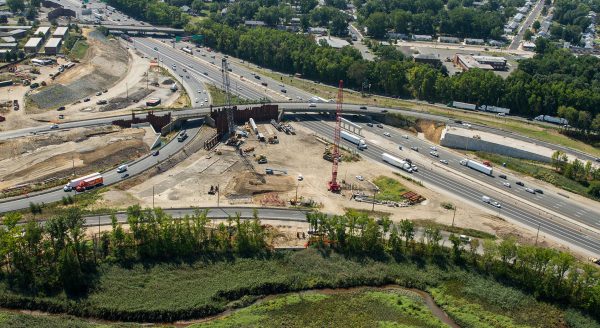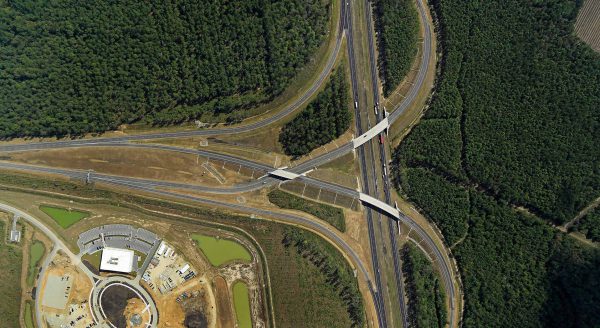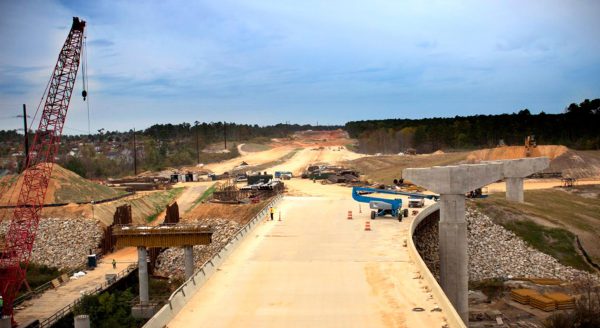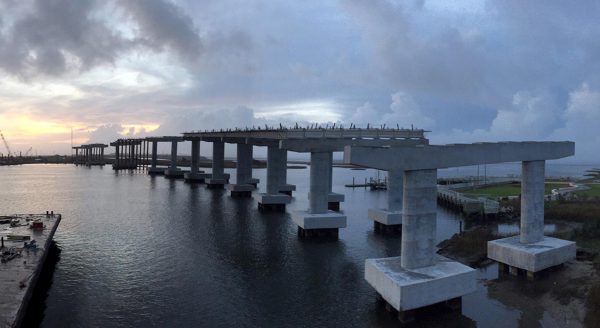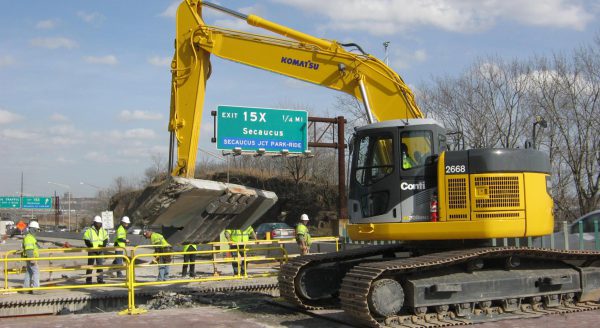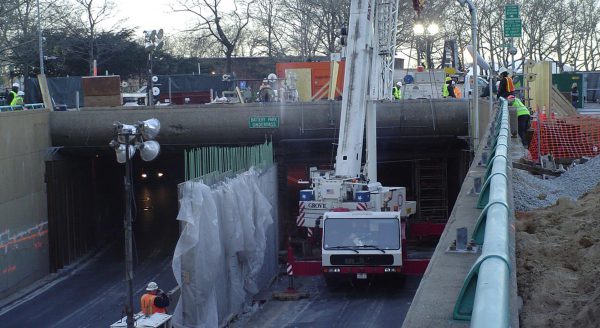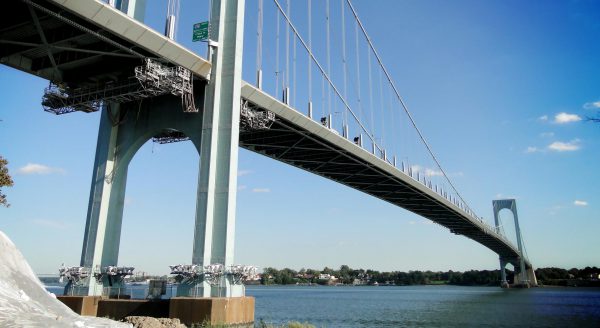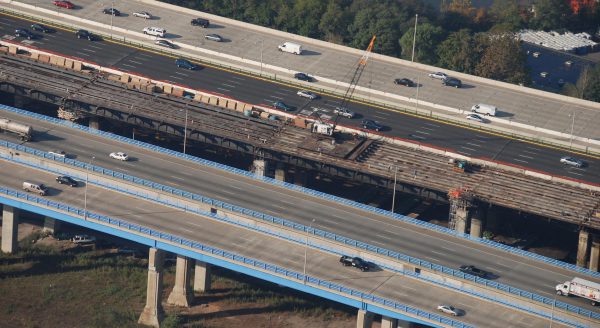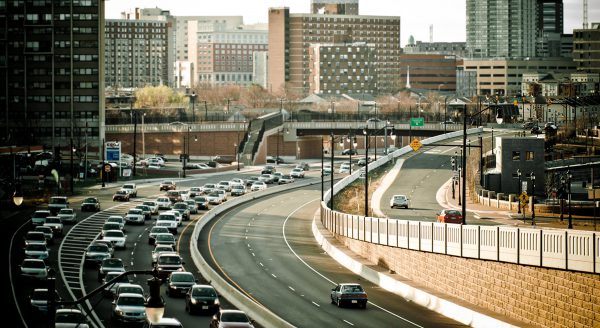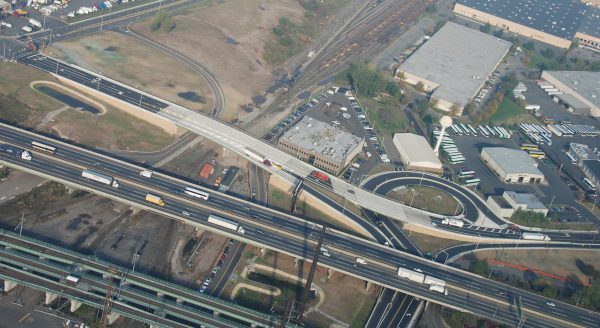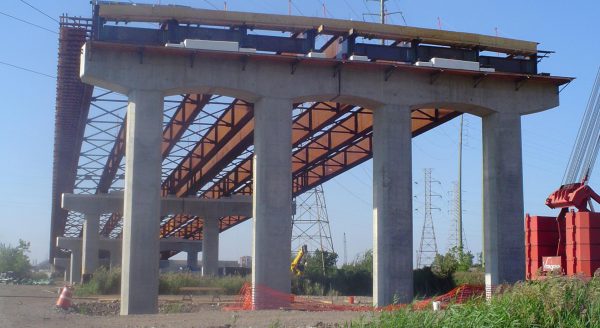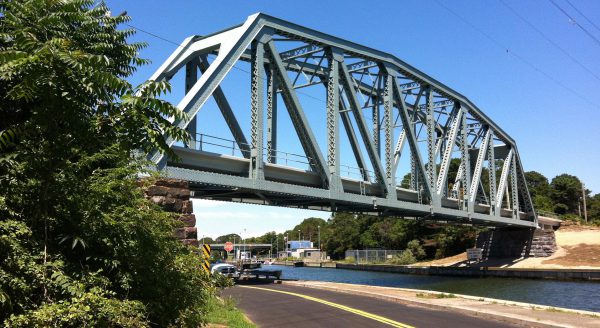Conti is constructing a four-lane, divided highway on a new location, known as the U.S. 17 Hampstead Bypass, between an area south of N.C. 210 that connects to U.S. 17 north of the Topsail schools. The project will include new interchanges with bridges, ramps, and loops.
The US-64 project from Asheboro Bypass to east of I-73/I-74/US-220 in Asheboro, NC is a comprehensive, multi-year, multi-phased roadway improvement effort. It involves widening the highway and upgrading key interchanges to improve traffic flow and safety.
This project will improve traffic and reduce congestion on this high-volume intersection of U.S. 401 at Ligon Mill Road and Mitchell Mill Road in Raleigh on this vital corridor.
This corridor provides access to one of the Port Authority’s marine facilities that makes up the largest and busiest cargo gateway on the East Coast.
This corridor provides access to one of the Port Authority’s marine facilities that makes up the largest and busiest cargo gateway on the East Coast.
Bridge No. 87 is located on NC 33 over Norfolk Southern Railroad, in Pitt County. NC 33 is the main route from Grimesland to Greenville with a high amount of truck traffic and school buses.
The existing bridges consist of five spans for each with full length of 200 feet, they were originally constructed in 1957, and 1964. both Bridges considered structurally deficient, degraded for posted load limit, and functionally obsolete meaning it was safe to travel on but had reached the end of its useful life
Conti is constructing this project is to replace a structurally deficient bridge. Bridge No. 216 was constructed in 1957. The two-span bridge is 51 feet long with a deck width of 25 feet. The structure type is timber floor on salvaged I-Beams.
Bridge No. 216 will be replaced in-place.
This project makes major improvements to high-priority bridges that are in need of repair while limiting impact to the commuters.
The purpose of this project is to replace Orange County Bridge No. 99 over New Hope Creek on S.R. 1723 (New Hope Church Road), which is functionally obsolete and to accommodate an estimated traffic of 5600 vehicles by year 2025.
This project is the construction of a segment of the Walnut Creek Greenway, which will connect from the existing Walnut Creek Greenway at Trailwood Drive to NCSU Centennial Campus in Raleigh.
As part of the Ephesus Church/Fordham District renewal, transportation improvements in the district have been implemented over multiple phases to address bicycle, pedestrian, auto, and transit concerns.
Conti built a temporary, two-lane detour bridge adjacent to the existing structure that allowed travelers and commuters to cross the Eno River with no interruptions during the construction of the new bridge.
The project includes demolishing and replacing an existing bridge, building a 500-foot wide bridge that will eventually carry all I-295 traffic, constructing on and off ramps, constructing a temporary bridge, installing sheeting for tunnel and bridge shoring, and ground improvements and roadway construction.
The SCDOT selected Conti as its design-build contractor to construct a new three-level, three-leg directional interchange along I-26 in Berkeley County, South Carolina.
As part of a major highway construction program, this project will reduce traffic congestion by linking roadways throughout North Carolina.
The new bridge will relieve major traffic congestion and enhance the Morehead City downtown area.
The New Jersey Turnpike Authority undertook a major program to replace and reconstruct bridge and roadway surfaces in order to maintain this vital traffic route, phasing work to minimize the disruptions to commuters.
Located in one of the most heavily traveled areas in the world, State Route 9A, West Street, and Battery Place Underpass required immediate repairs.
The bridge now serves over 200,000 commuters each day as a major connection between Queens and the Bronx via Interstate 678 over the East River in New York City.
Conti rehabilitated the 4,000 foot long bridge with 15 lanes, making it the widest bridge in the U.S. The team completed demolition, removal, and reconstruction of two parallel bridge deck superstructures each 65 feet wide.
This multi-faceted iconic project constructed by Conti was delivered to the community on time and on budget.
The last project in the $450 million infrastructure upgrade, called the Secaucus Interchange and Rail Transfer Station Program (SIP), was to connect 11 rail lines in northern New Jersey to reduce passenger commute times and increase destinations.
Conti constructed a 3,100-foot high level curved ramp structure spanning over the very active NJ Transit Main Line. The project consisted of 21 spans, 900 concrete-filled pipe piles, two abutments, two crash walls, and 44 pier caps.
The North Highway Bridge, Montauk Highway Bridge and Shinnecock Canal Bridge, built about 100 years ago, required rehabilitation.
